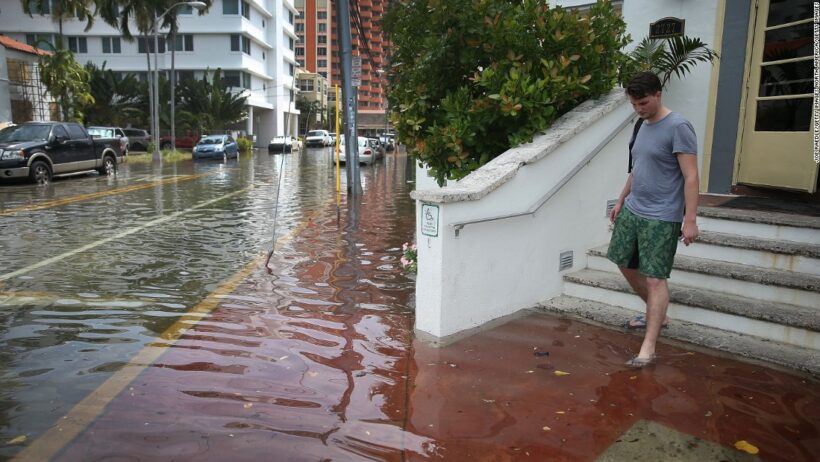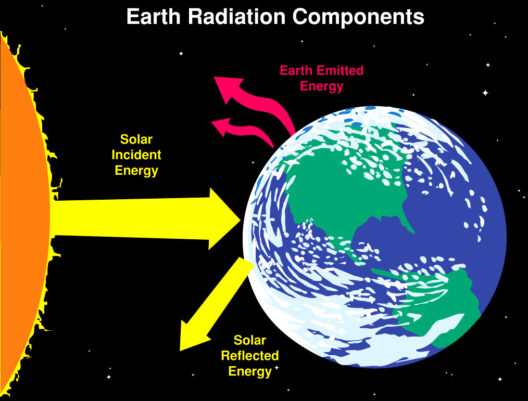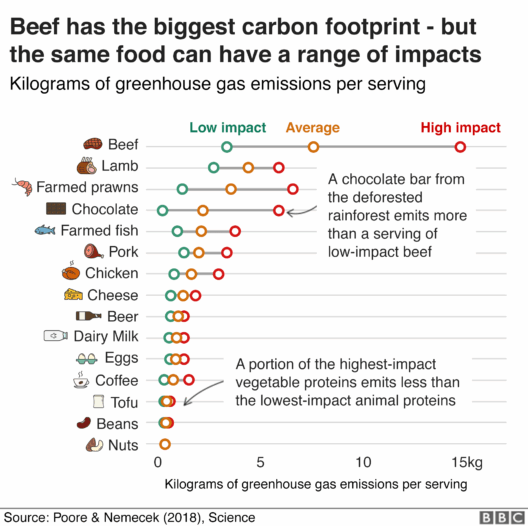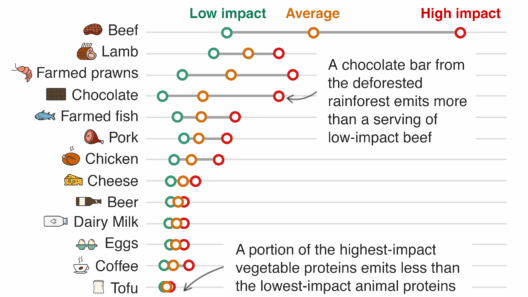Bangladesh, a nation cradled between the mighty Ganges and Brahmaputra rivers, has become emblematic of the impending perils of climate change. Primarily known for its lush landscapes and vibrant culture, this impoverished South Asian country grapples with an existential threat: flooding exacerbated by global warming. As sea levels continue to rise, the specter of cataclysmic floods looms large, casting a long shadow over the nation’s socio-economic stability.
The country’s geographic configuration is inherently vulnerable. Much of Bangladesh lies less than five meters above sea level. Coupled with a monsoon season characterized by intense rainfall, the natural equilibrium is precariously tilted. Consequently, the cadence of annual floods is akin to the heartbeat of the nation—a rhythm of destruction and resilience. The Intergovernmental Panel on Climate Change (IPCC) predicts that, by 2050, rising sea levels could submerge significant portions of this low-lying land, displacing millions and forcing them to confront dire humanitarian crises.
The most critical aspect of this climatic cataclysm is the mechanism behind it: global warming. Rising global temperatures accelerate the melting of glaciers and polar ice caps, contributing to increased oceanic volumes. In tandem, thermal expansion of seawater further exacerbates rising sea levels. This ideation of flooding, once relegated to seasonal variations, has transformed into a permanent and menacing specter threatening Bangladesh’s very existence.
Ordinary citizens far removed from climate science find themselves caught in this whirlwind of environmental degradation. When rivers burst their banks, they do not spare a soul; homes are dismantled, agriculture is rendered futile, and entire communities are uprooted. The agricultural sector—pertaining to over 40% of the nation’s GDP—stands on the precipice of collapse, with saline water intrusion into arable land diminishing soil fertility and, consequently, crop yields.
Equally important is the economic impact of these floods. Repercussions extend beyond immediate destruction; they ripple through the economy. Infrastructure damage, loss of livestock, and deteriorated housing lead to spiraling recovery costs. Furthermore, the burden on governmental resources intensifies, siphoning funds that could be allocated to education, healthcare, and sustainable development. In a nation already beset by poverty, this becomes a vicious cycle that defies easy solutions.
Resilience, however, is woven into the fabric of the Bangladeshi populace. Historically, the country has demonstrated remarkable adaptability in the face of adversity. Local communities band together, employing indigenous knowledge alongside modern techniques to combat the tide. Whether erecting makeshift embankments or engaging in reforestation projects to mitigate coastal erosion, the tenacity of the Bangladeshi people serves as a beacon of hope amid bleak forecasts.
From a broader perspective, global warming transcends regional boundaries. While Bangladesh bears the brunt of climate-induced disasters, the ramifications echo across the globe. Rising sea levels in one part of the world signify shifting geopolitical dynamics and economic uncertainties in another. Wealthier nations must acknowledge their historical culpability in amplifying greenhouse gas emissions over the past century. The principle of climate justice posits that those most responsible for climate change must shoulder the greatest burden in supporting adaptation and mitigation efforts in vulnerable nations like Bangladesh.
International aid is thus paramount. Grants and technological innovations can empower local communities to enhance flood defenses and adopt sustainable farming practices. Governments, NGOs, and civil societies must collaborate to ensure holistic approaches that honor both human rights and environmental stewardship. Technological advancements such as early warning systems can play critical roles in saving lives, while investments in green infrastructure can bolster resilience against floodwaters.
In parallel, comprehensive urban planning is imperative. The rapid urbanization witnessed in Bangladesh, typified by Dhaka—the capital—necessitates programming that includes sustainable drainage systems, recurring flood assessments, and resilient building practices. Flood-resistant architecture and landscaping can mitigate the repercussions of extraordinary weather events. Policymakers must harness innovative ideas, striving for an interconnected and resilient urban landscape.
Public awareness campaigns also play a crucial role in fostering a culture of preparedness. Educating citizens about climate risks and effective flood response mechanisms can save countless lives. Simple practices, such as creating community-based disaster response groups, can facilitate improved coordination and resource allocation in crises.
The future of Bangladesh may appear precarious; however, it is not devoid of agency. The parallel propagation of grassroots movements, policy interventions, technological adaptation, and international support could converge to stymie the tide. It is an arduous journey fraught with challenges, but the potential for innovation and resilience remains a testament to the indomitable spirit of the Bangladeshi people.
In conclusion, Bangladesh’s battle with the tides illustrates the complex interrelation between climate change and societal structures. This struggle is emblematic not only of local challenges but global implications. As the world continues to grapple with the reality of climate change, the narrative surrounding Bangladesh must shift from one of despair to one of action, innovation, and hope. Only through collaborative efforts can a sustainable future emerge—where individuals, communities, and nations stand resilient against the relentless advance of the tides.








